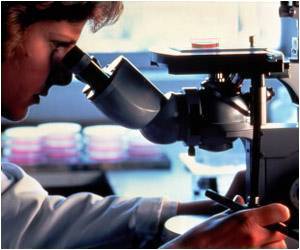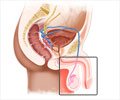A new test that measures RNA or protein molecules in human cells can accurately identify viral infection as a cause of respiratory symptoms.

‘The new test could prove to be a quicker, cheaper way to diagnose respiratory viral illnesses than current methods. It could be particularly useful for assessing very sick patients or young children.’





"It's a simpler test and more cost-effective for looking at viral infection," said author Ellen Foxman, M.D., assistant professor of laboratory medicine at Yale School of Medicine. To identify biomarkers, or indicators, of viral infection applicable to many different respiratory viruses, Foxman and co-author Marie Landry, M.D., first tested human nasal cells in the laboratory. With genetic sequencing techniques, they screened the cells for RNAs and proteins that increase when a virus is present.
Foxman and Landry identified three RNAs, and two proteins, that are "turned on" by a virus. They then investigated whether measuring the expression of the genes, or levels of the proteins, could predict the presence of a viral infection.
The researchers found that the RNAs and proteins were both accurate predictors of respiratory viral infection, confirmed by subsequent testing for common viruses. The RNAs predicted viral infection with 97% accuracy. This method also picked up viruses that are not identified by many current lab tests, they said.
"Instead of looking for individual viruses, our test asks the question: 'Is the body fighting a virus?'" said Foxman. "We found we can answer that question very well."
Advertisement
The test could be particularly useful for assessing very sick patients or young children, they added, and it could also help reduce the misuse of antibiotics to treat viral infections.
Advertisement
The research team's goal is to create a gene- or protein-based test available for general use within one to five years, Foxman said.
Source-Eurekalert















